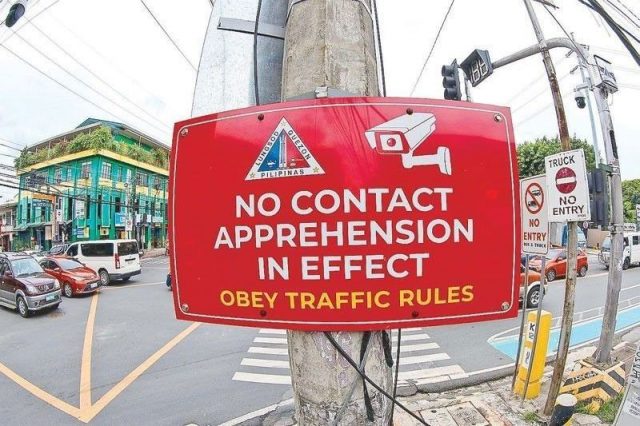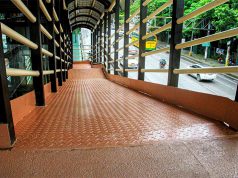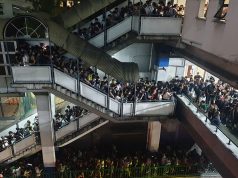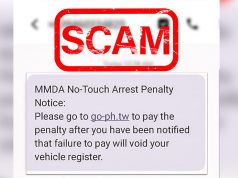
Motorists aired suggestions on how the government can improve the “No Contact Apprehension Policy” (NCAP) following the recent conflict about its implementation.
The Metropolitan Manila Development Authority on Wednesday said that it is open to heed the call for a legislative probe into NCAP.
The Land Transportation Office earlier appealed to local government units in Metro Manila to suspend the implementation of the traffic policy within their jurisdictions to conduct a review of it.
In a statement, MMDA welcomed the idea of an investigation into NCAP.
“The Authority welcomes the call for a legislative investigation on its NCAP which has been in place since 2016 and will definitely cooperate with other branches of government and agencies to ensure a more efficient and orderly implementation of the said policy,” it said.
MMDA also said that it respects the LGU’s autonomy regarding traffic regulations.
“From what we heard, LTO’s call for LGUs to suspend their respective NCAP is their reaction to the call of some transport groups and operators on the issue. The MMDA respects the autonomy of all LGUs in crafting and implementing their own traffic regulations,” it said.
Although MMDA initiated this program in 2016, it was only during the COVID-19 pandemic that some LGUs started enforcing their own NCAP regulations for better traffic management.
Motorists and some concerned Filipinos, however, expressed grievances about the perceived lapses in the NCAP guidelines.
These reportedly include confusing traffic signs, rules and alleged corruption among traffic enforcers.
These complaints reached LTO chief Teofilo Guadiz III who then asked Metro Manila mayors to thoroughly review their policies.
Suggestions from motorists
Some motorists called on government agencies to fix road signs, traffic lights, pedestrian lanes and other road problems before implementing NCAP.
“Wala ako problema sa NCAP. Basta lalagyan niyo ng TIMER lahat ng Traffic light sa buong NCR,” a motorist said.
“Ok naman po NCAP. Ayusin lang po sana yung mga signage, road markings, traffic lights timer and pedestrian lanes,” another pointed out.
“Ayusin niyo muna lahat lagay gg kalsada, signage, timers, obstructions, lane markings,” a Facebook user suggested.
Other motorists called for one implementing authority and a streamlined system for NCAP.
“The intention is good, and I’m all for order and safety. However, we need to have a unified system that would be transparent and easy for us to settle whatever violations one will commit,” one Facebook user said.
“Dapat iisa lang nagpapatupad niyan at iisa lang website na pupuntahan kung mag checheck ng violation,” another Facebook user commented.
Some Filipinos also opposed the high penalty fees being imposed by some LGUs.
“We understand that if we follow the rules, there is no problem. However, sometimes there are breaches due to stress and so on, just make the fines reasonable, not too exorbitant, because we’re still in a pandemic,” one user said.
NCAP during the pandemic
As its name suggests, NCAP involves relying on the latest high-resolution camera detection technologies such as nondescript cameras to apprehend traffic violators.
These cameras are placed in strategic nondescript locations along thoroughfares.
The cities of Parañaque and Valenzuela have been using such technology even before the pandemic.
Other LGUs followed suit to supposedly promote the safety of both the traffic enforcers and motorists against COVID-19.
READ: Why no-contact apprehension program to manage traffic amid pandemic is relevant under the ‘new normal’ | PSA: Manila gov’t lets motorists receive electronic notice of violations through email









